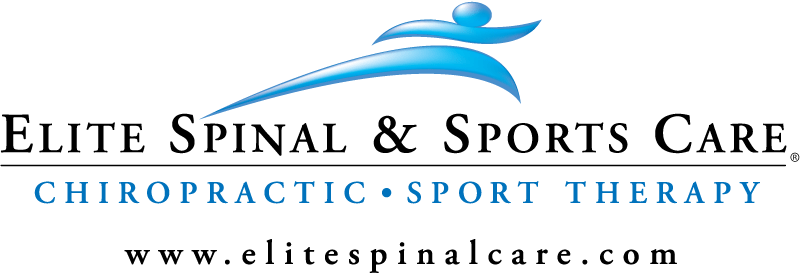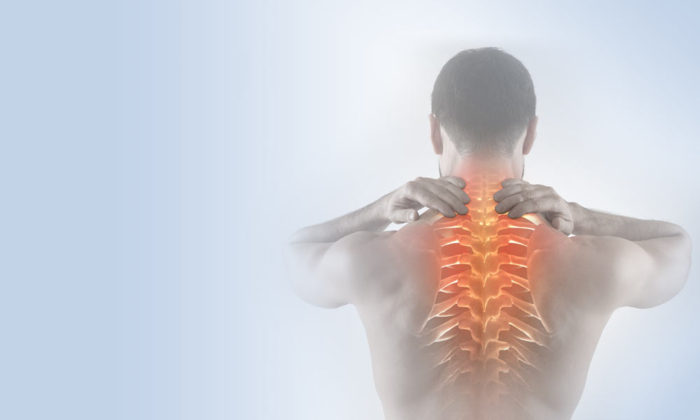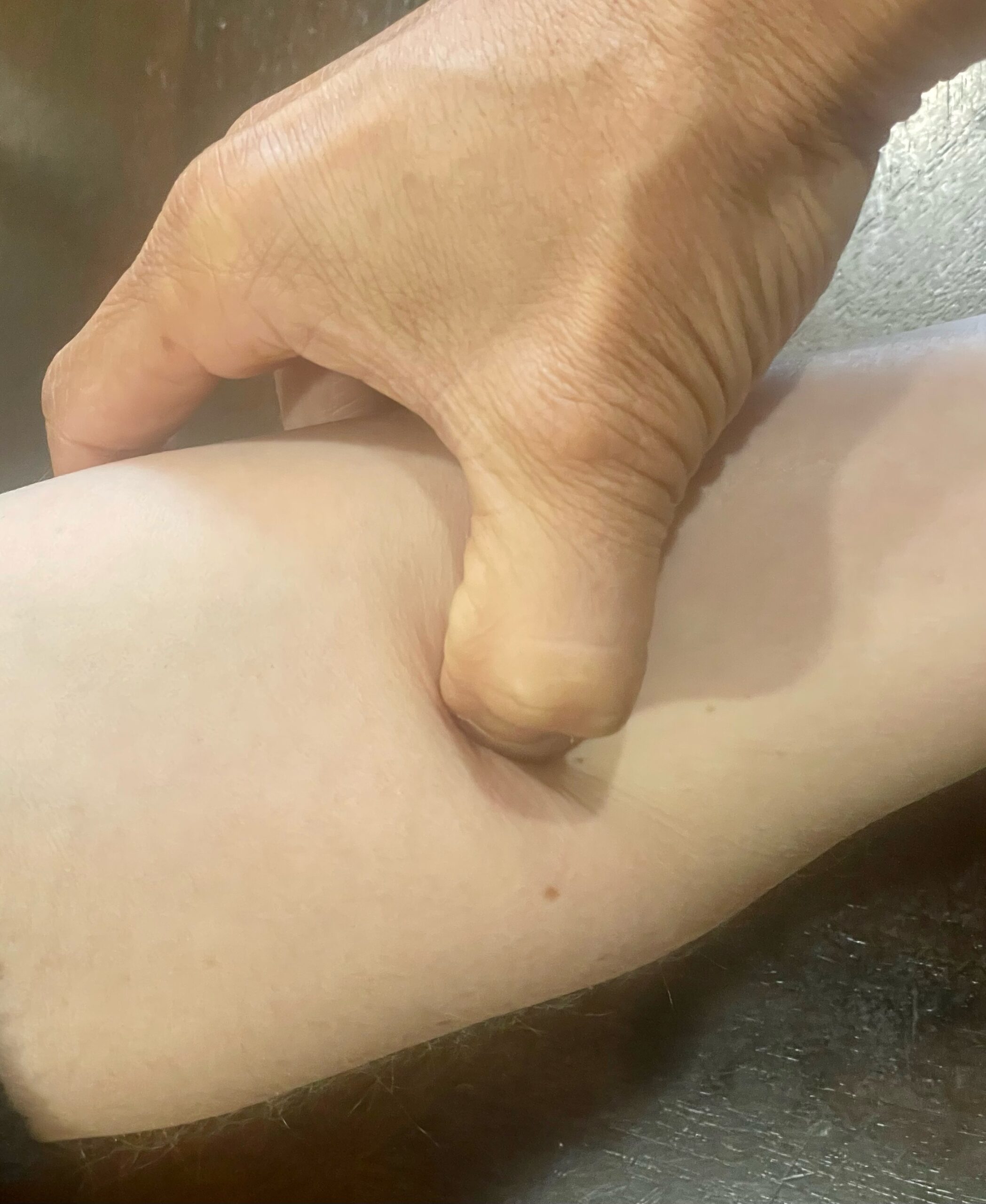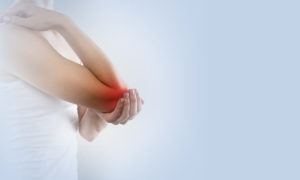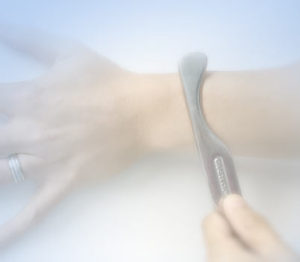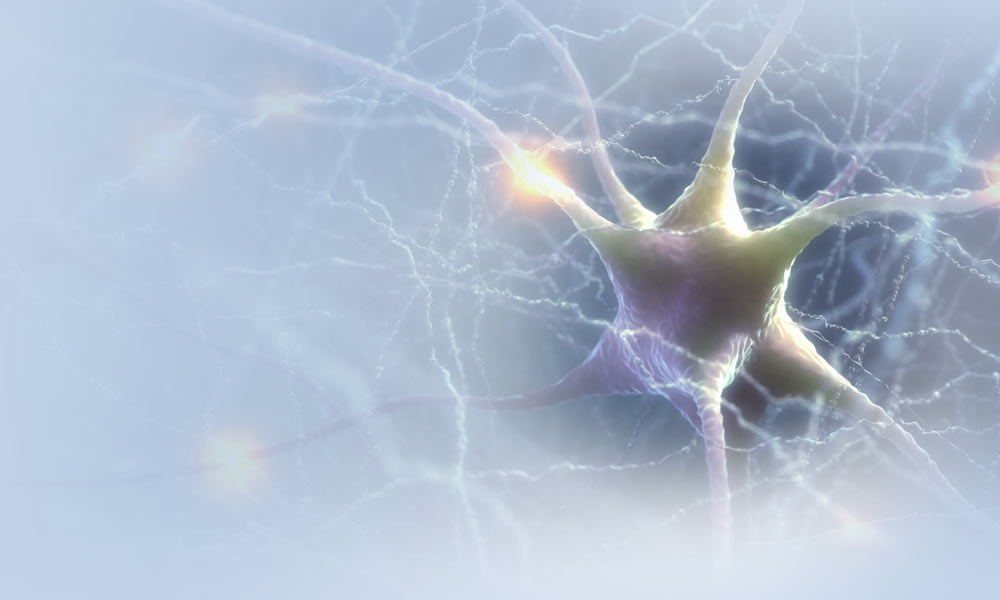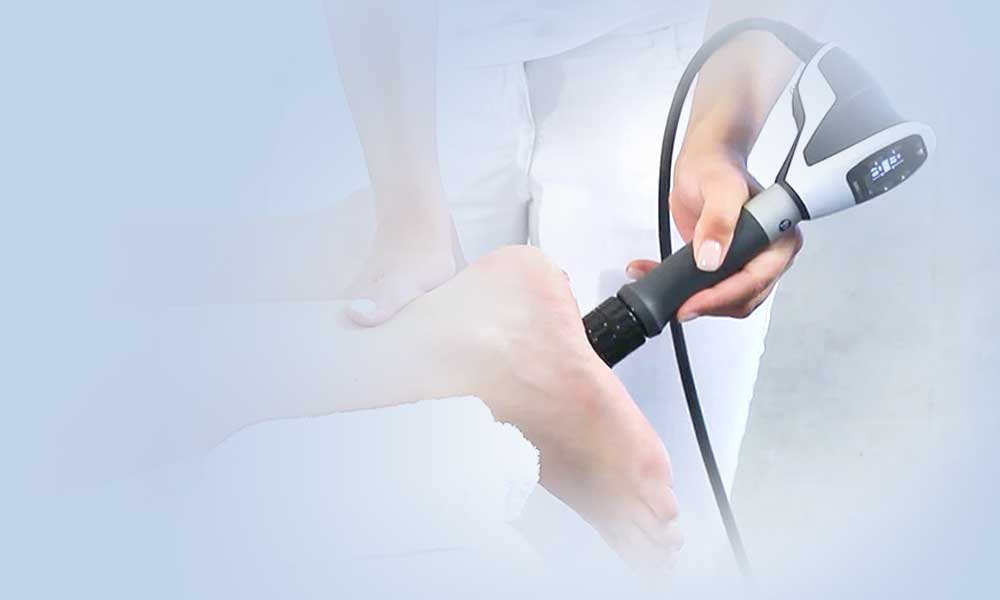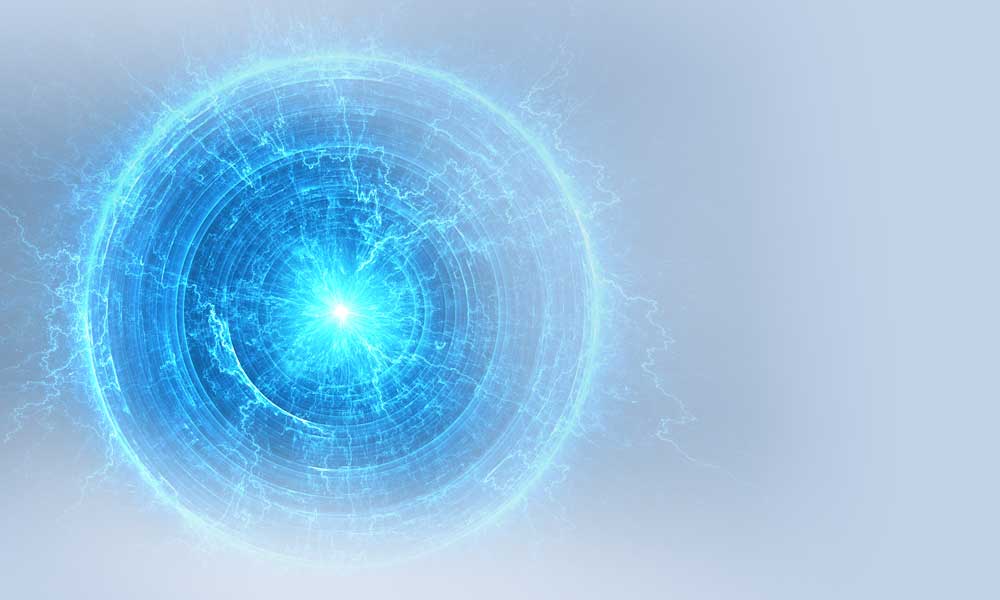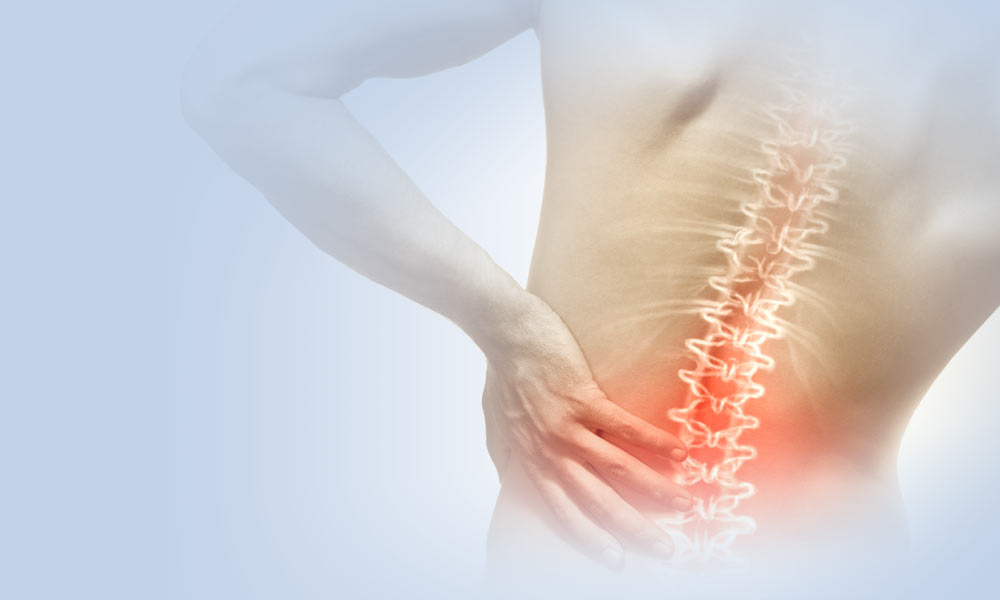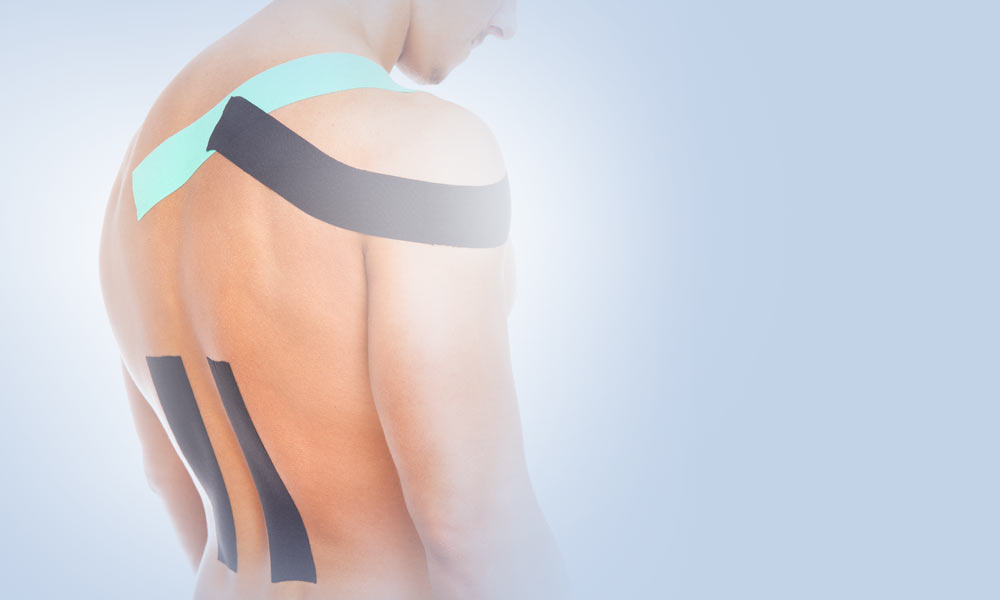All the joints of the body have many of the same characteristics. They are bound by ligaments and soft tissue, moved by muscles, and separated by cartilage. Most important are the nerves that monitor and control the position and motion of each joint.
Joints have three options: they can move freely, they can move too much (hypermobile) or they can move too little (hypomobile/fixated). When a joint moves too little, the adjacent joints often compensate by moving more than they should (compensatory hypermobility). When left untreated, the body usually splints the surrounding soft tissues in efforts to protect/stabilize the hypermobility. This leads to a larger area of hypomobility consisting of the original fixation and a larger adaptive fixation.
Usually, joints move freely. Either they move voluntarily due to deliberate muscle control, or involuntarily, without our control. Under unrestricted conditions, the nerves in and around the joints sense motion and relay important information to the spinal cord and brain.
